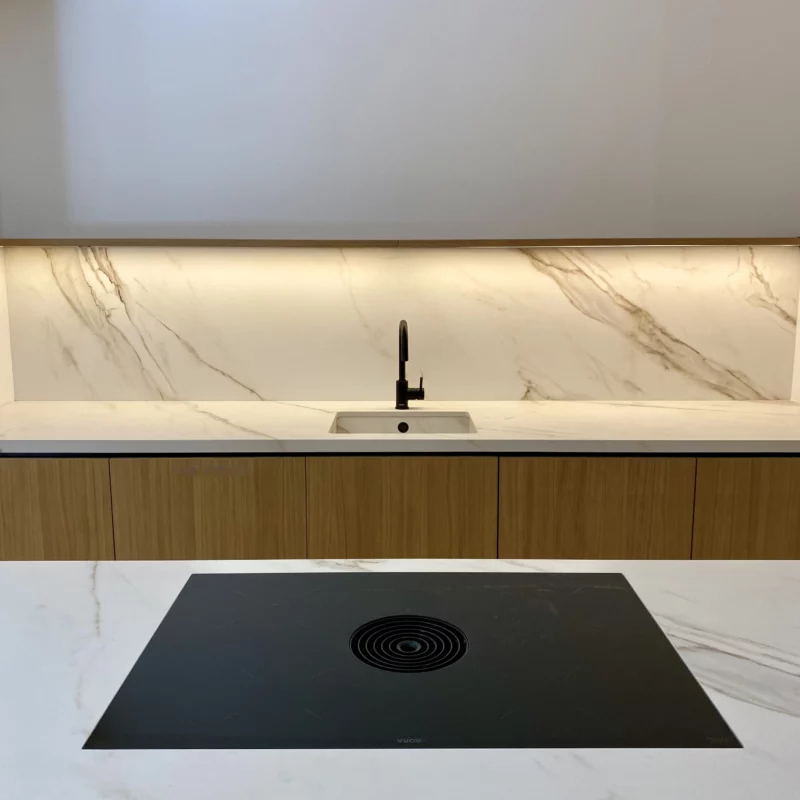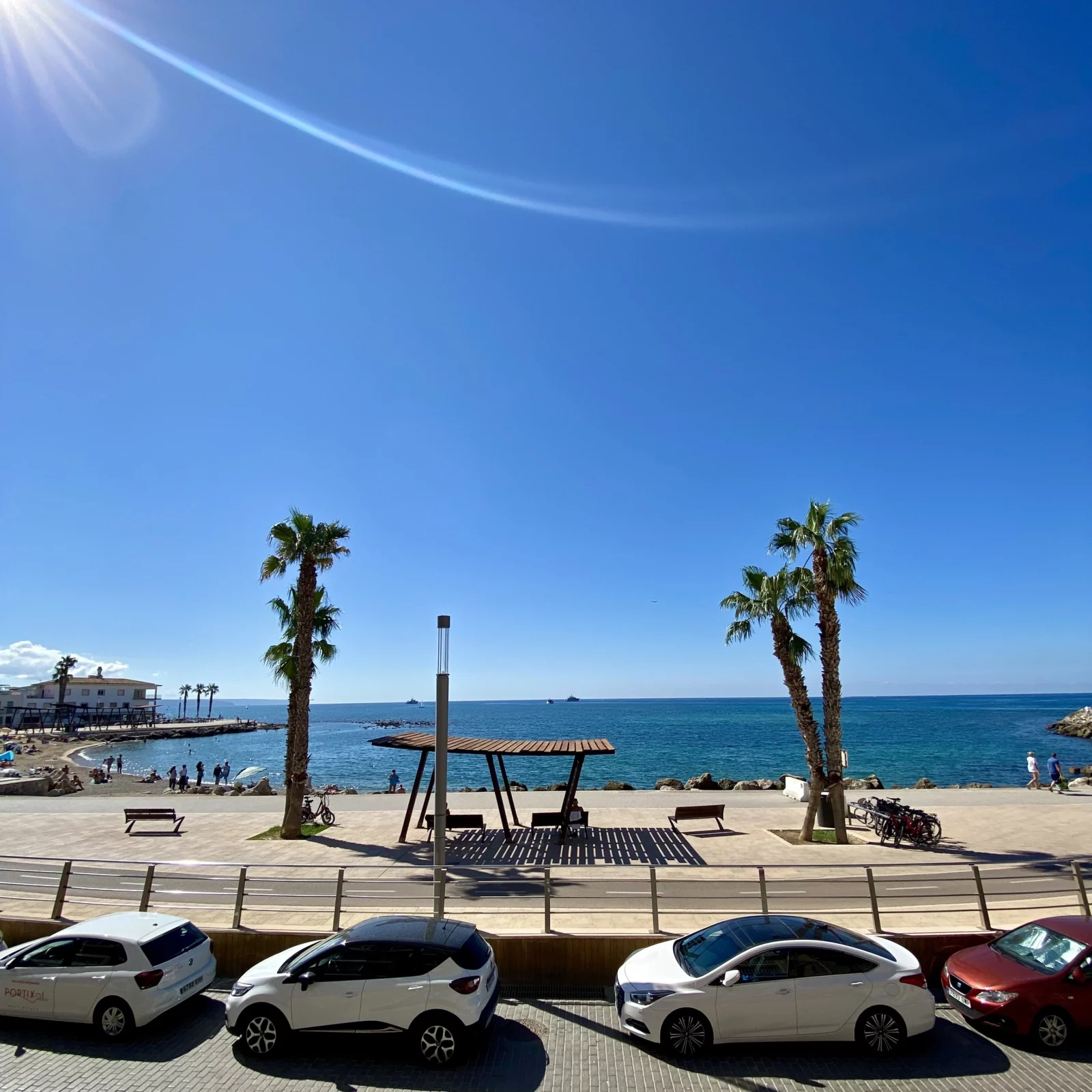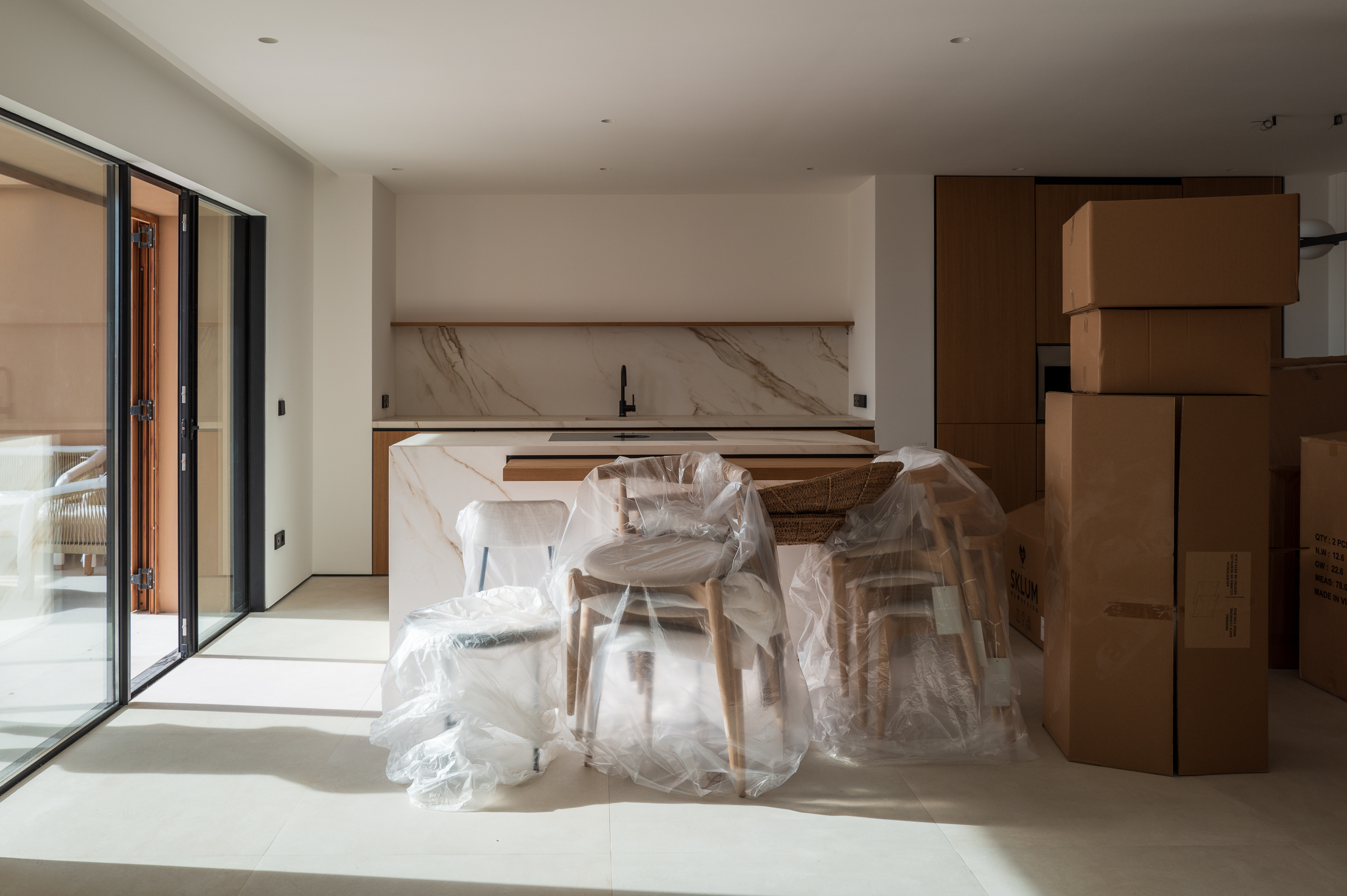Owning a property, whether for residential or other purposes, is associated with various rights and obligations, the understanding of which is advisable. This article will explain the essential information about condominium ownership, its peculiarities and the basic aspects of the Condominium Act.
¿What is the Ley de Propiedad Horizontal?
In Spanish, "Ley Propiedad horizontal" is translated as "Horizontal Property Law ". This term simply refers to the concept of "common property". This is a situation in which several people own apartments or commercial premises in a common building or on a common property. The Condominium Act regulates exactly how the responsibilities between the different owners are regulated once the community is established, especially when conflicts arise due to different interests.

Condominium Law in Spain
The law on condominium ownership in Spain was created during the real estate boom of the 1960s. At that time, it was necessary to create a legal basis to protect the interests of the increasing number of owners of apartment blocks.
In addition to the duties and rights of the owners, this law also regulates the duties and responsibilities of the property managers, the owners' meetings and the owners' associations. All these provisions are of great interest to the owners, such as the frequency of holding meetings (both regular and extraordinary), the rights regarding the use of common facilities when some of them are not used (for example, a store outside the building not using the common elevator), and many other aspects.
Today, the law on condominium ownership has adapted to changing housing conditions. However, some original definitions and concepts remain relevant. We continue our explanation of what horizontal ownership means.
Definitions in the Condominium Act
- Individual areas: These refer to clearly defined spaces used by individual owners, such as apartments, parking lots, storage rooms, etc. These are also architectural features or components that serve these spaces. It is significant to emphasize that the ownership of these elements is private and belongs to the respective owners.
- Community areas: The legislation does not provide a detailed list of elements considered common, but defines them as all areas and facilities that are not considered individual. Therefore, common areas include all spaces and facilities that are essential to the proper use and common enjoyment of the building. Some specific examples include the entry foyer, elevators, building façade, roof, or gardens, among others. For penthouses, the terrace is considered a common area for private use.
The community of owners
The owners of all premises in a building, whether apartments, business premises or parking spaces, form the community of owners. They share the common ownership of the common elements of the building according to the shares calculated on the basis of the total value of the building. In this way, it is determined what share of the common expenses must be borne by each owner.
Therefore, the community of owners is a legal entity that must abide by the rules set forth in the Horizontal Property Act.

Certificate of incorporation of the community of owners
The certificate of incorporation of the community of owners is a document that contains all the important information about a building. As a rule, it is drawn up in a notarial deed, and the developer or builder is responsible for registering it in the land register. In this deed, the following points are mandatory:
- Shared Services and Facilities: This lists all shared amenities and facilities in the building, such as stairwells, elevators, parking, and common areas.
- Easements: This refers to any restrictions on use or rights that certain owners may have to certain parts of the building. For example, some owners might have the right to use or restrict certain common areas.
- Description of apartments and stores: This part of the deed contains detailed information about each apartment or store in the building. This includes information about the size, the floor, any outbuildings or annexes.
- Participation rate of each owner in the common elements: This determines how much each owner must contribute to the common costs of the building. This is usually based on the value of his property compared to the total value of the building.
House rules of the community of owners
When a community of owners is formed, it is important to establish rules that regulate the use of common elements, services and facilities of the building, the costs of maintenance and renovations, and the management of the property. The house rules are not mandatory, but if they are created, they must be unanimously approved by all and registered in the land register.
Owners' meeting
The owners' meeting is the body in which all owners of the building meet to decide jointly on matters. According to the Condominium Act, a meeting must be convened at least once a year to review and approve financial reports and budgets.
There are also extraordinary meetings that can be held as needed to address specific issues or urgent matters. At these meetings, important decisions can be made that affect the common property.

Obligations of the co-owners
The Condominium Act stipulates that each of the owners is obliged to keep their property in good condition, to contribute to the common expenses in accordance with their share of the ownership interests, not to make any structural changes that could affect the rights of other residents or jeopardize the building safety, and not to carry out any activities that could negatively affect the community.
According to Article 10 of the Condominium Act, the community may take certain measures without having to obtain the consent of the owners' meeting. These measures include the maintenance and upkeep of common areas and ensuring barrier-free access to facilities.
According to the Condominium Act, owners' meetings have the power to approve revenues and decide on necessary works. In addition, they can approve or amend the internal bylaws and decide on other general matters.
It is of enormous importance that you understand the legal obligations you will face as a future property owner. If you are thinking about purchasing an apartment, you should definitely take a look at our current offer. We proudly present our newly renovated luxury apartment, "La 13." Here, not only a home awaits you, but a place where dreams become reality.




